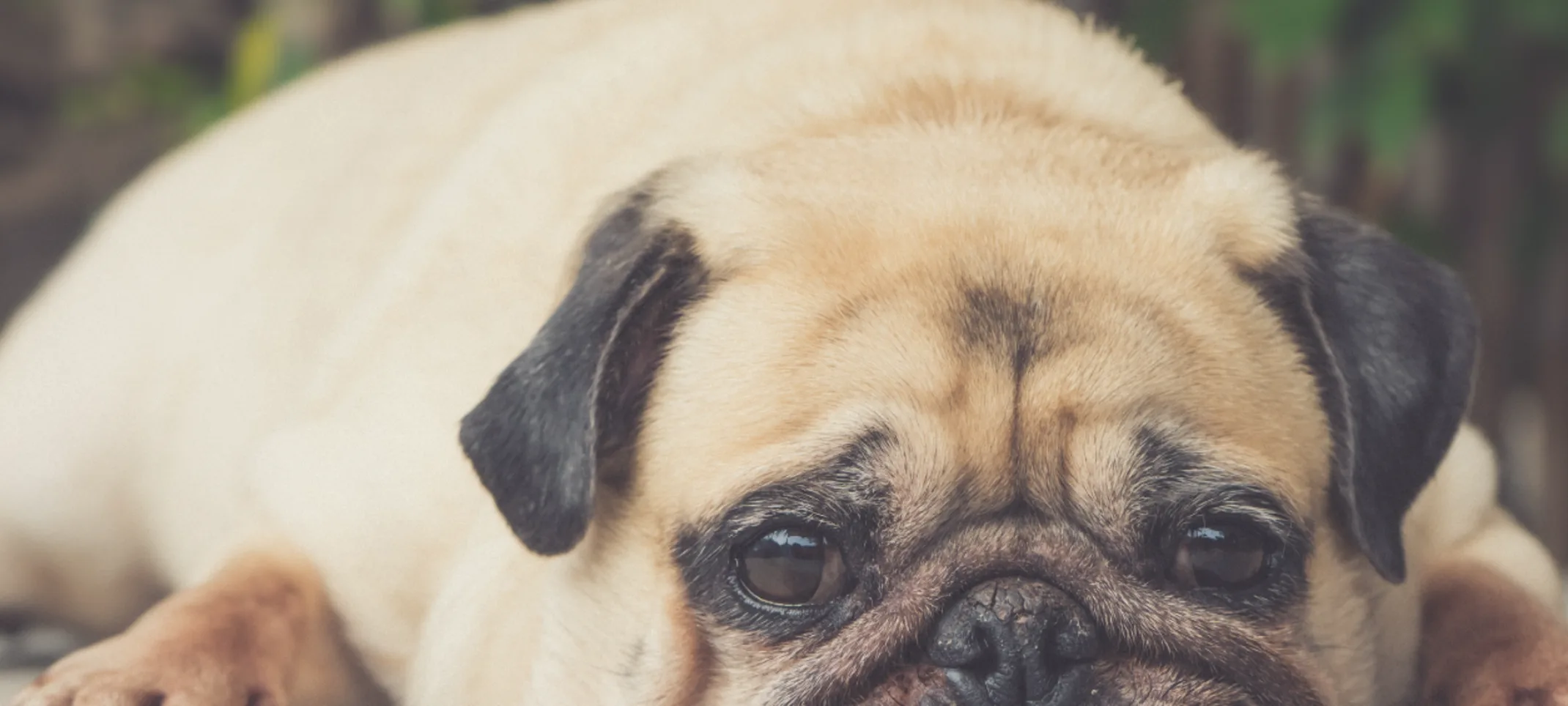Emergency Animal Hospital of Collin County
Bleeding, Trauma, Lethargy, Pain, or Disorientation
Trauma can include acute swelling anywhere on the body, wounds or lacerations, and any bite wounds

Trauma can include:
Acute Swelling anywhere on the body
Wounds or lacerations
Any bite wounds (snake, dog, cat, insect, wild animal etc.)
Hit by a car
Bite Wounds
Bite wounds caused by other animals are very common. Even small injuries should be treated as soon as possible as bite wounds have a high risk of infection.
Within several days after a bite happens, an abscess may form, which will require greater treatments at more cost. Bite wounds can also be severe from the damage they can do. A bite wound on the skin may appear small, but the damage done under the skin can be substantial.
Have all bite wounds checked as soon as possible. Most minor injuries require only cleaning and starting some antibiotic treatment.
Our veterinarians will examine your pet to determine the severity of the wound and discuss the best treatment with you.
Hit By A Car
If you discover that your pet has been hit by a car, approach with caution. Be sure you are safe from oncoming traffic and avoid being bitten by the injured animal.
The pet should be safely removed from the roadway quickly and carefully so that your pet and approaching motorists are safe from further accidents.
Once the pet is moved from the roadway, checked to see if it is breathing. If there is no breath or pulse, CPR can be performed.
The only exceptions to this would be:
an animal with chest injuries
short-nosed breeds (brachycephalic breeds like Pugs)
an animal that is vomiting
Pet owners need to try to remember that after a dog or cat has been hit by a car, its first instinct is to flee and to ignore pain. In nature, this instinct protects animals from predators, but it can cause more problems for domesticated animals.
Very carefully examine every part of your pet and watch for signs of labored breathing or pain response. It is important to take your pet to an emergency veterinarian immediately after a car accident, even if it seems okay.
Even if the pet is not obviously bleeding, the possibility that they have internal injuries is very high.
Moving the injured animal
Be sure to minimize head, neck, and spinal motion.
A flat and firm piece of wood or cardboard can be used for supportive movement.
Cats can be placed in boxes to decrease stress-related to transport.
Breathing
If the animal is not breathing, mouth-to-nose resuscitation & chest compressions can be performed.
Close the animal’s mouth and place your lips over the nostrils giving 3-4 strong breaths initially. If the animal does not start breathing on its own, 10-12 breaths should be given per minute.
If there is no heartbeat, perform five chest compressions and one quick breath.
Bleeding
Press down on the bleeding site with fingers/palm and apply a secure bandage using long fabric or gauze pieces.
If the material applied becomes soaked with blood, do not remove it, just add more material, and continue applying pressure. Duct/packaging tape can be used to secure the bandage if necessary.
Burns
Large and deep burns, chemical burns, and electrical burns, and any face/airway burn need immediate attention.
Coldwater can be applied to the area and covered with a nonstick dressing.
Foreign Objects
Do not remove any objects that have penetrated the skull, chest, or abdomen.
Prevent further movement of the object.
Call one of our emergency animal hospitals to let us know you are coming. It will help you and our veterinarians if you can explain the situation and any related injuries.
Evaluation and Initial Treatment at Emergency Animal Hospital of Collin County
The most life-threatening problems will be treated first. Upon arrival at our emergency animal hospital, our staff will quickly assess your pet’s condition and assign care priority to each problem. There will be questions regarding the situation to gather more information that the team may not be able to determine from physical findings alone.
The veterinarian will probably use several tests to assess your dog’s injuries, including:
blood tests
x-rays
ultrasound
Shock will be treated using:
intravenous fluids
administration of steroids
administration of sedatives
heat support
oxygen support
other supportive care methods
Pain can be controlled through pain-relieving medications.
If the dog requires immediate surgery to repair broken limbs or organ damage, then the dog will be anesthetized, and the surgery will take place as soon as possible. How long the dog will need to stay in the hospital depends on the severity of the injuries.
Our emergency veterinarians have years of experience and training with pets that have been hit by a car. Contact us today if you are experiencing an emergency.
